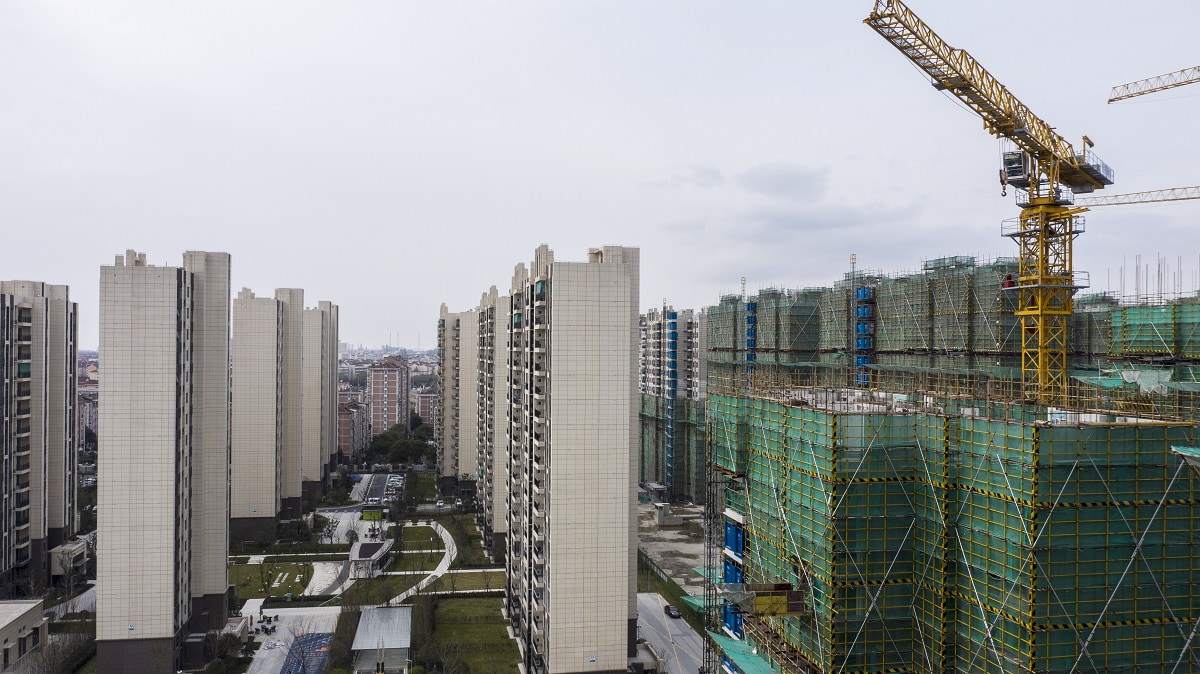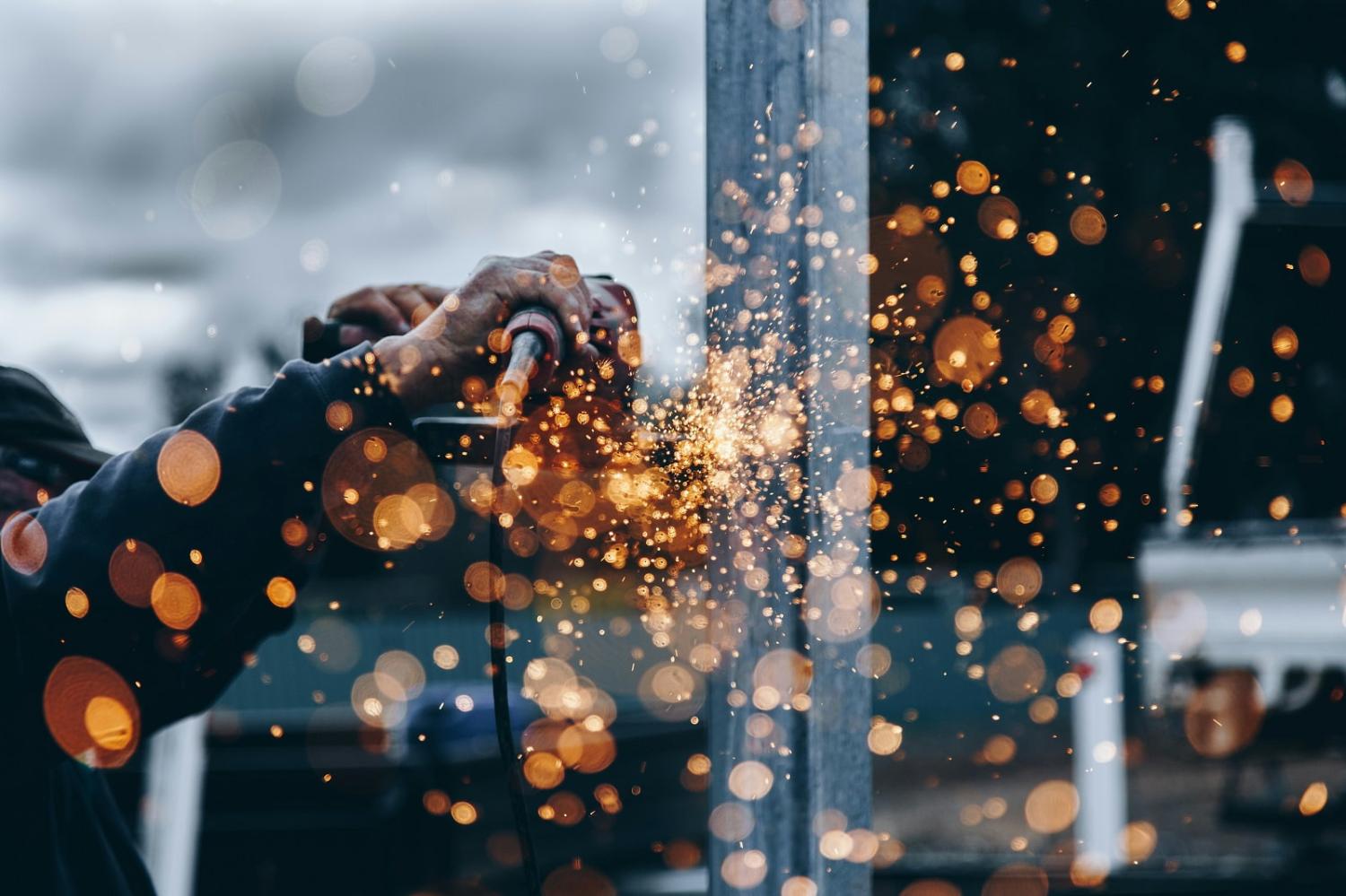China’s structural industrial overcapacity is undoubtedly the topic du jour.
Travelling to Beijing in April, US Secretary of the Treasury Janet Yellen exhorted her hosts to boost consumption, warning that the United States had no desire to accommodate China’s efforts to externalise its weak domestic demand.
Similar sentiments have been expressed by European Union leaders. A swathe of emerging economies including Mexico, India, Vietnam, Turkey, Indonesia and Chile have raised tariffs on Chinese exports.
In simple terms, structural industrial overcapacity refers to when factories’ production capacity is chronically under-utilised. This typically indicates that companies are not bound by hard budget constraints, and that domestic markets are oversupplied.
Faced with a still unfolding collapse of the property sector and diminishing returns on infrastructure, Beijing has made a concerted decision to shepherd low-cost capital into the manufacturing sector. Loans to the sector increased exponentially from US$111 billion in Q1 2020 to US$695 billion in Q3 last year.
Conversely, for multivalent ideological and more practical reasons, Beijing has done little to unleash consumption, which economists have long heralded as constituting an unexploited wellspring of animal spirits.
At around 40% of GDP, Chinese private consumption remains unprecedently low relative to its peers. Parsimonious Chinese consumption means weaker demand for both Chinese goods and Western exports.
Backstopped by a sophisticated network of low-cost capital and implicit and explicit subsidies, Chinese factories have been churning out goods in strategically prioritised sectors.
Green manufacturing is a case in point. Battery output is on track to exceed entire global demand, while solar panel production already does so by a factor of almost three. Car sales in China peaked in 2017, and current factory utilisation rates hover at around 50% for new energy vehicles. The break-even point in market economies is typically around 80%.
These figures have prompted a frisson of anxiety in advanced economies as China pivots towards exports. It is ultimately feared that China will replicate its dominance in solar panels across electric vehicles (EVs), wind turbines, batteries, electrolysers and other strategic goods.
Australia finds itself in the unusual position of not sharing its allies’ latest Chinese bugbear – at least overtly. A cursory look at Australia’s economic profile is enough to understand why.

Australian manufacturing has been in secular decline. Manufacturing constitutes less than 6% of GDP, down from 12% in 1992. Australia now has the lowest level of manufacturing self-sufficiency of all the OECD economies. Conversely, manufacturing still comprises more than 11% of US GDP, around 15% in the EU, and just under 20% in Japan.
As Australian factories have closed, resources exports to Asia have increased exponentially. China’s breakneck industrialisation and urbanisation have replaced the sheep’s back and to a lesser extent, the factory, as a guarantor of Australian prosperity. Mining now comprises 14% of GDP, up from just 4% in 2004.
China’s piling into manufacturing has buttressed its seemingly gravity-defying appetite for Australian resources. This is despite the collapse of the property sector, which has traditionally constituted the bulk of China’s iron ore demand.
China’s appetite may still wane as infrastructure investment slows and the colossal backlog of unfinished houses is eventually completed. For the time being at least, demand for iron ore is being supported by production of EVs, wind turbines and other manufactured goods. Demand for lithium from Chinese battery manufacturers has even seen it surpass liquified natural gas (LNG) to become Australia’s second-largest export to China.
From a macro-perspective, being Asia’s quarry has served Australia very well.
Beginning with Covid-induced supply shocks, Canberra has now woken up to the extent to which Australia’s industrial base has been hollowed out. The Albanese government’s “A Future Made in Australia” package is firming as the centrepiece of the upcoming budget.
Policy initiatives to date include the as yet untapped AU$15 billion National Reconstruction Fund, at least AU$4 billion for rare earths mining and processing, and AU$1 billion for the manufacturing of solar panels and components.
What is sometimes overlooked is how Australia’s resources boom has unwittingly aided the decline of manufacturing. As well as making exports less competitive through exchange rate appreciation, mining has hoovered up capital and labour from manufacturing and other industries.
In the most direct sense, cost-competitive Australian resources have been instrumental to building the world-class infrastructure undergirding China’s export machine, and its lead in areas such as battery manufacturing.
Competing with China at what it does best will be no mean feat.
Take solar panels. Manufacturers of panels in the United States enjoy a huge market, tariff protections of 14–25% (depending on whether panels are made in Southeast Asia or China) and tens of billions in subsidies. Still, US factories cannot compete on cost in a market increasingly saturated with Chinese panels.
This example shouldn’t necessarily be extrapolated to extremes.
There may yet be niche areas of the solar supply chain where Australia can be more competitive. If customers are willing or forced to pay a green premium, Australia should theoretically be highly competitive at green steel manufacturing.
However, the elemental point remains. Precious few countries have managed to develop or maintain significant industrial bases while being world-leading resource exporters.

